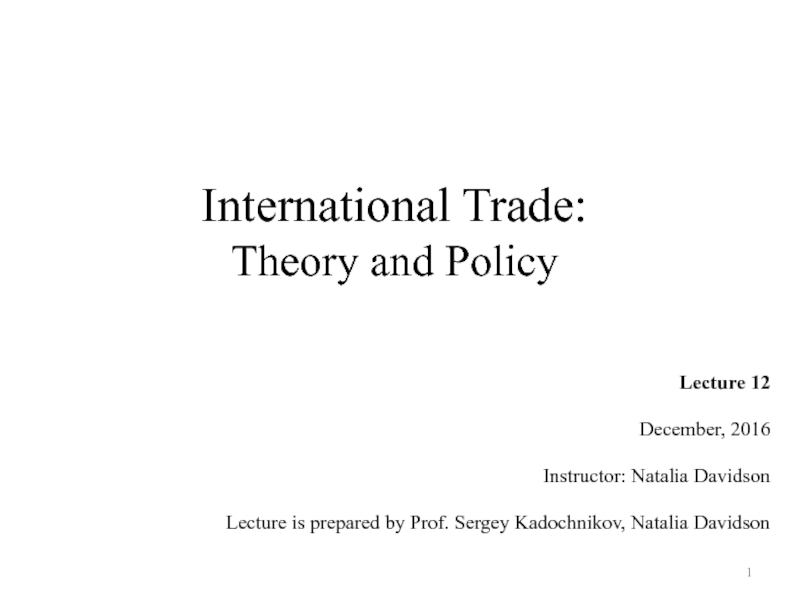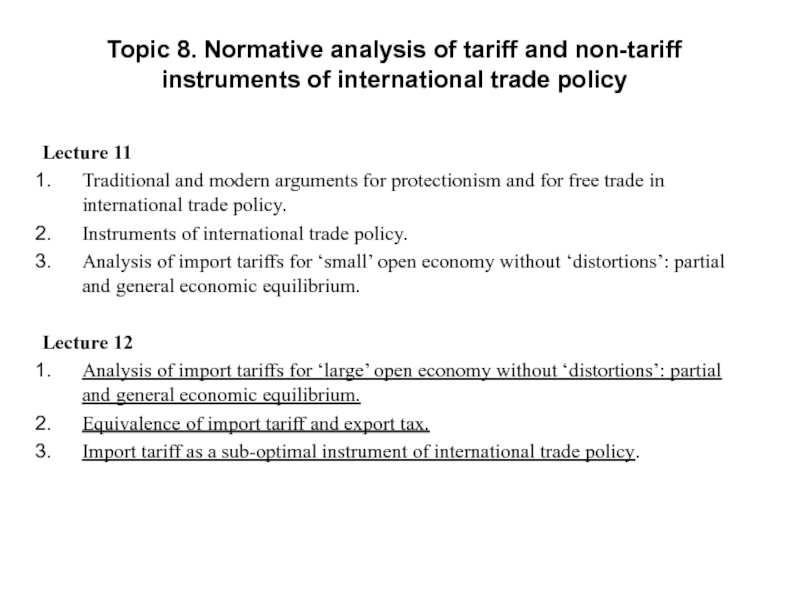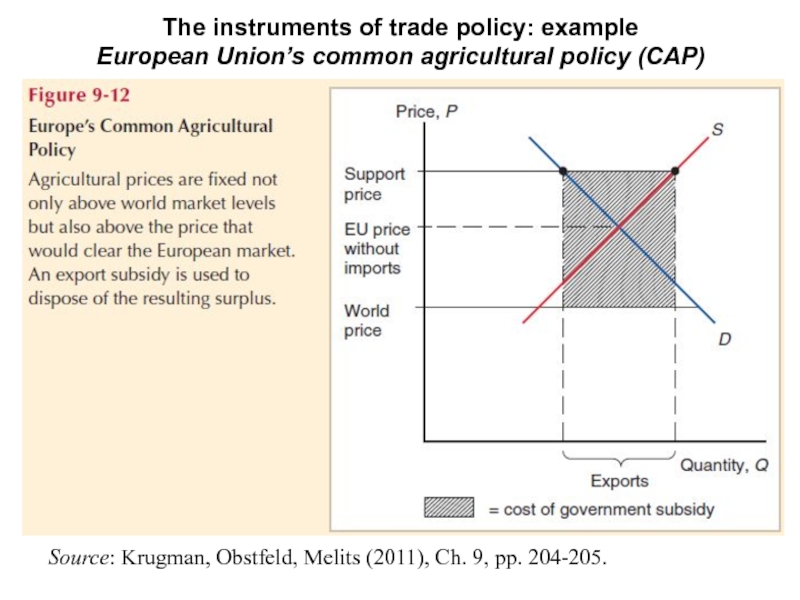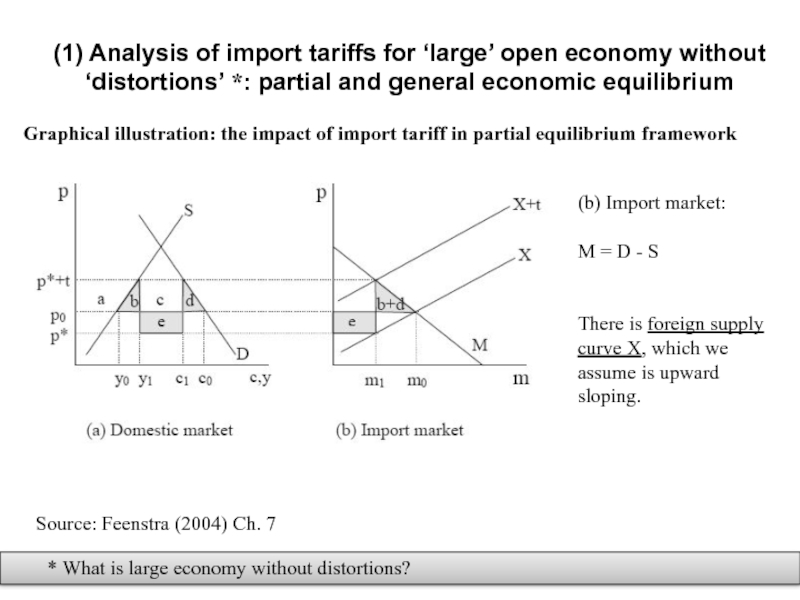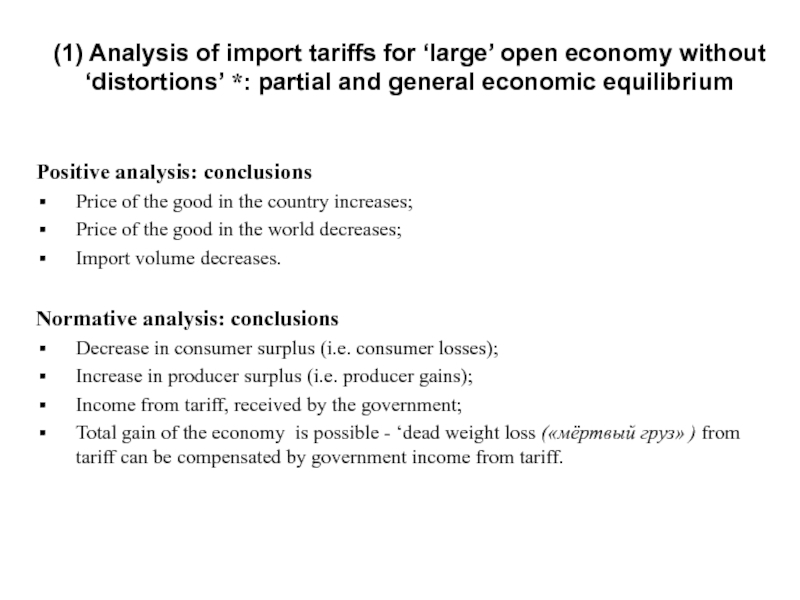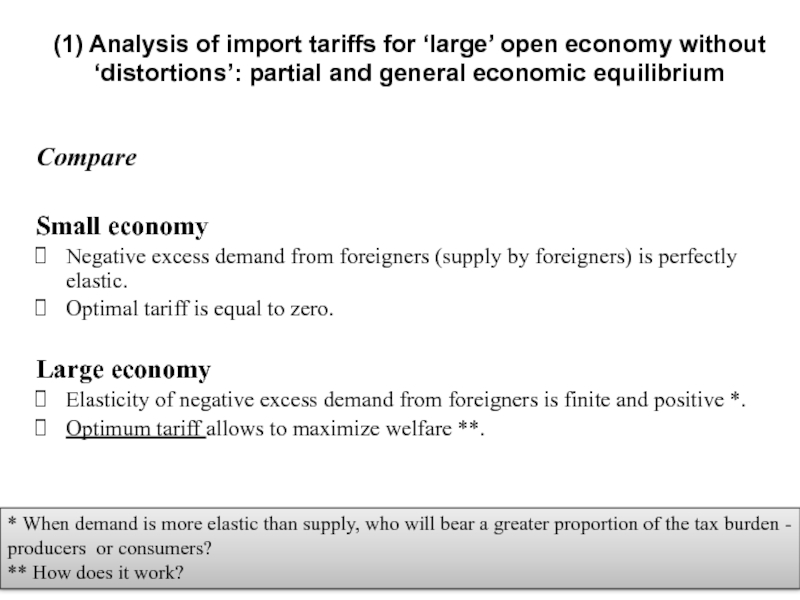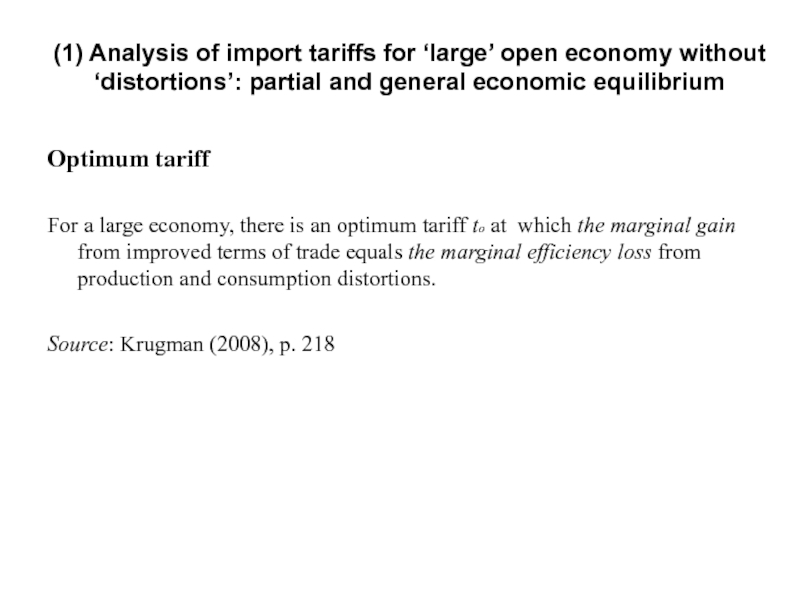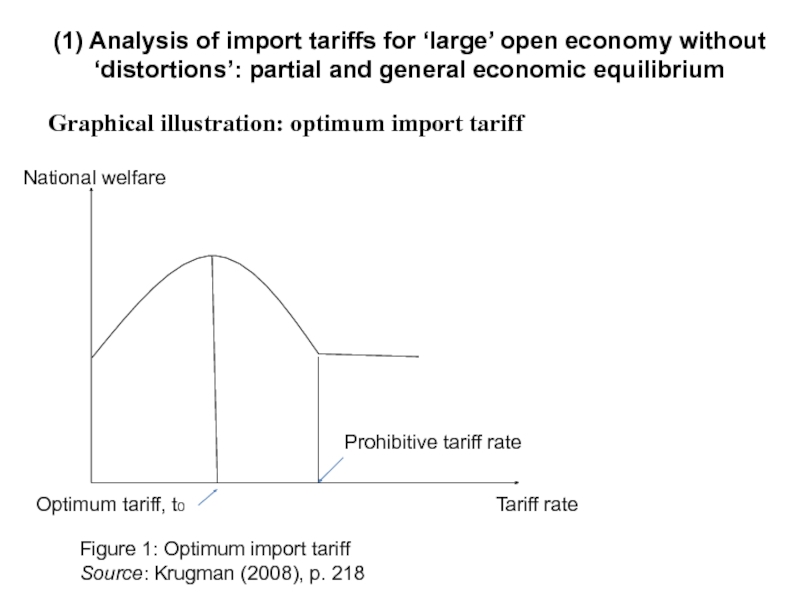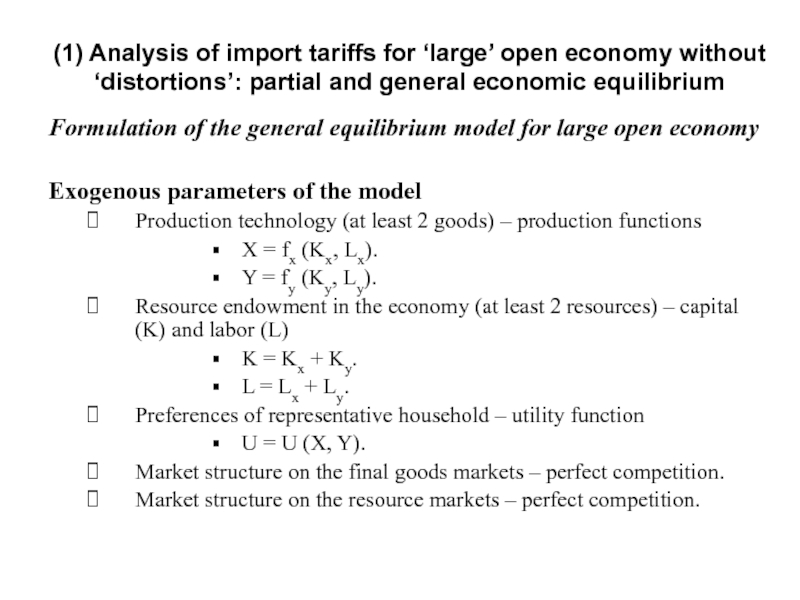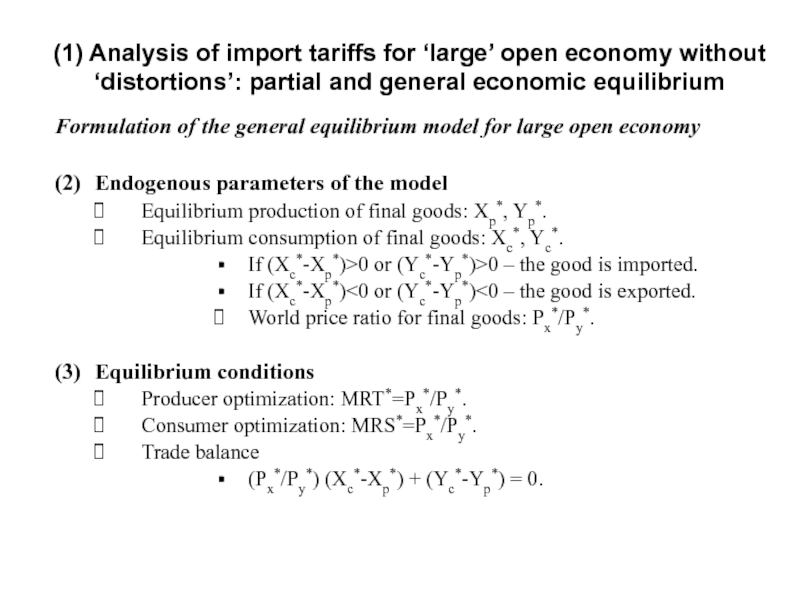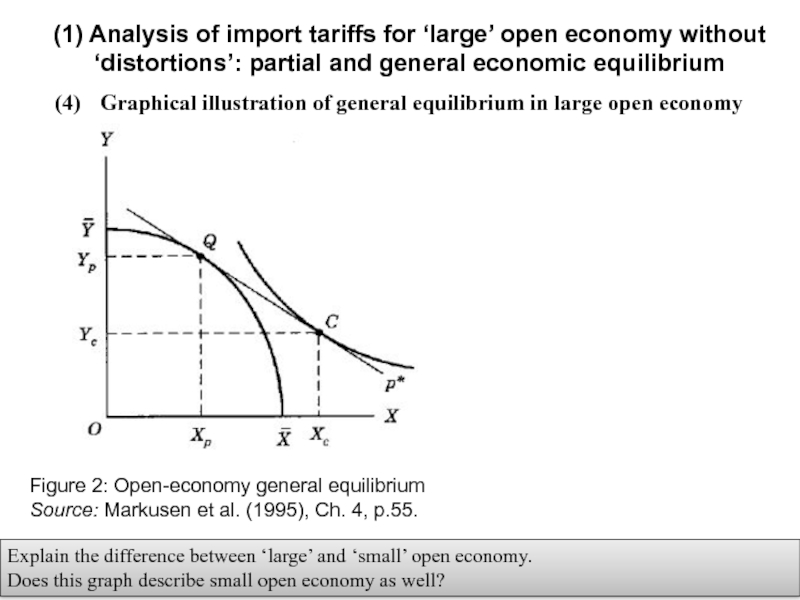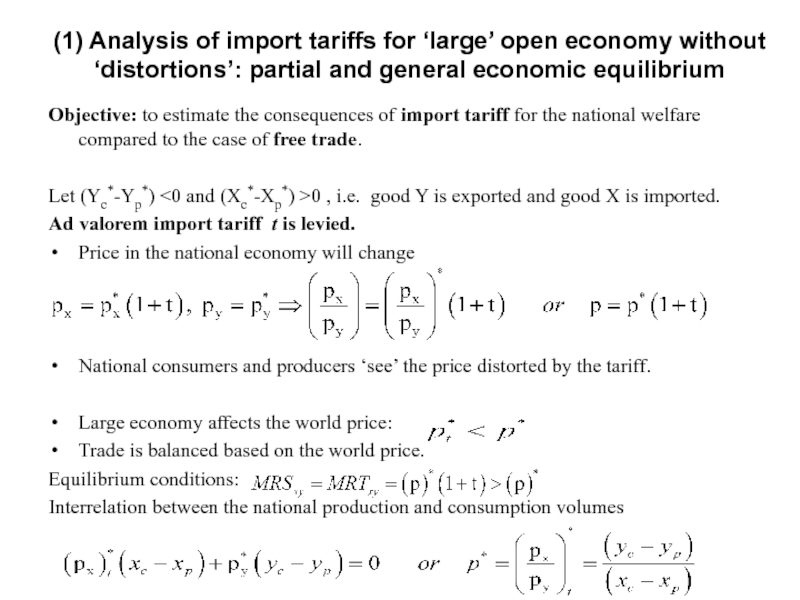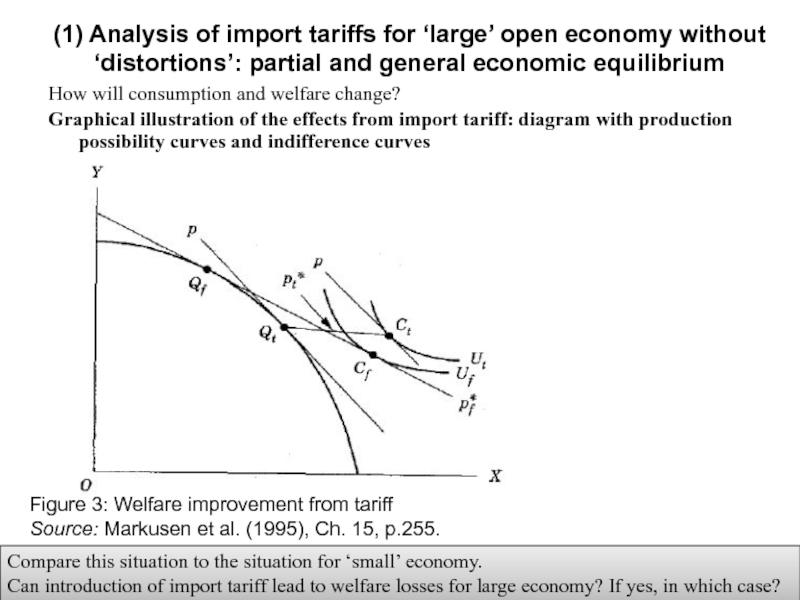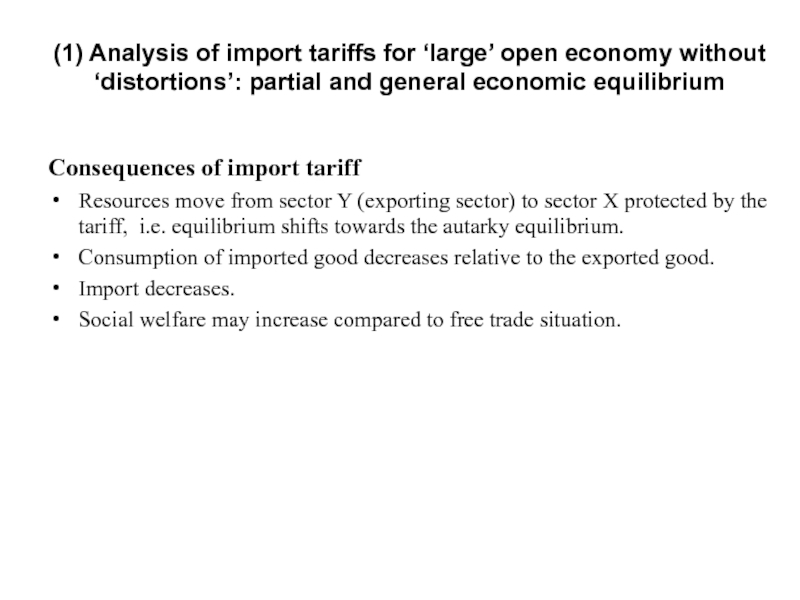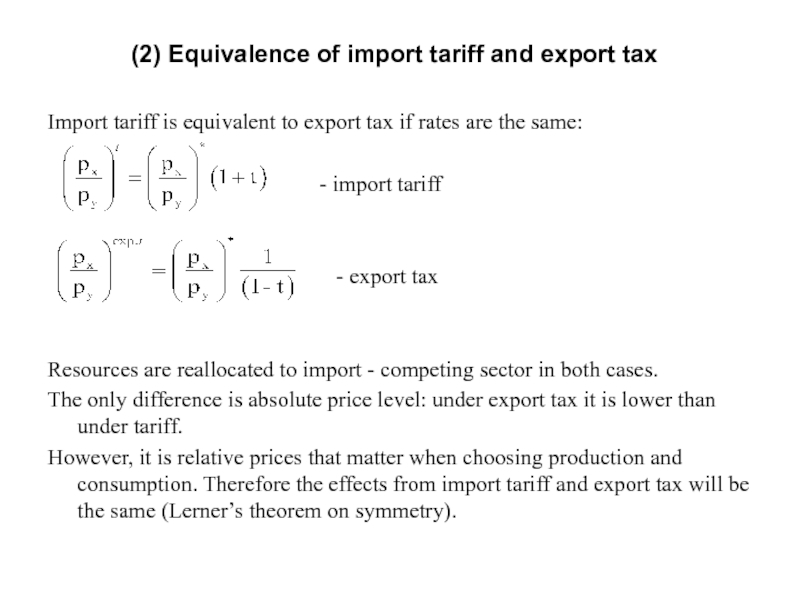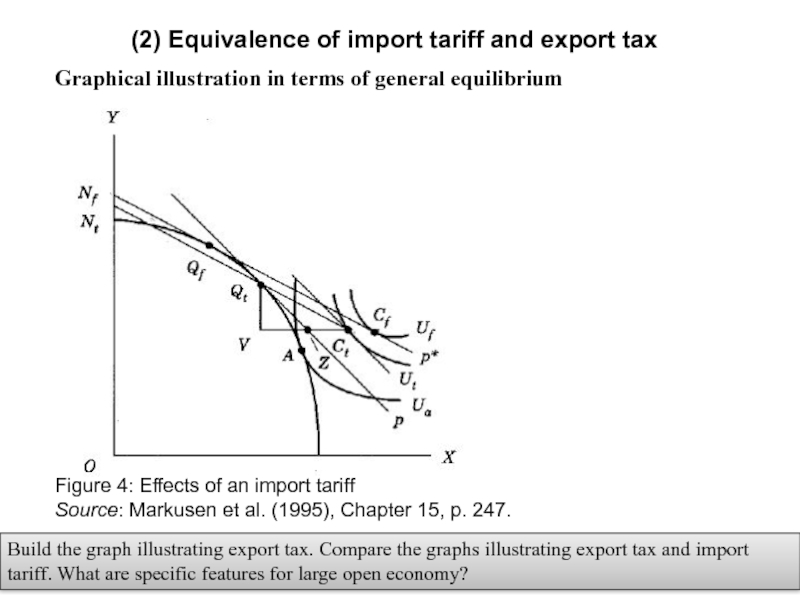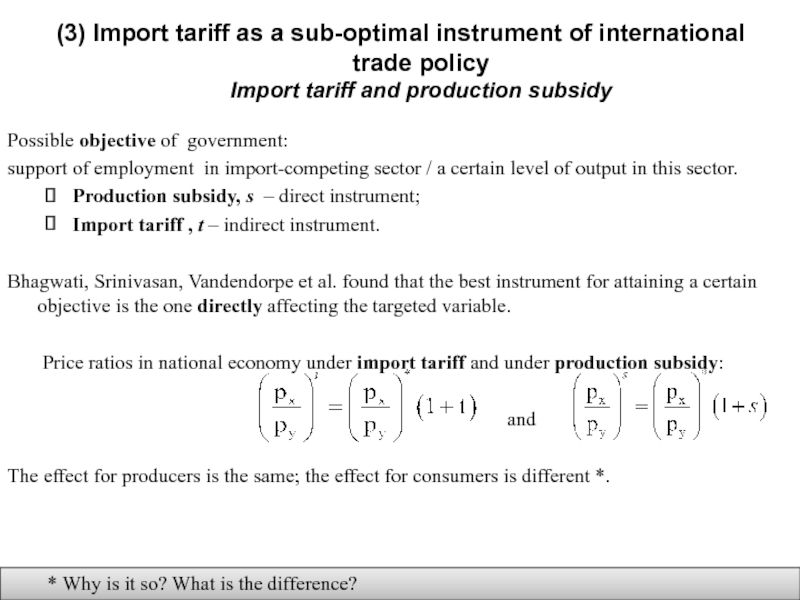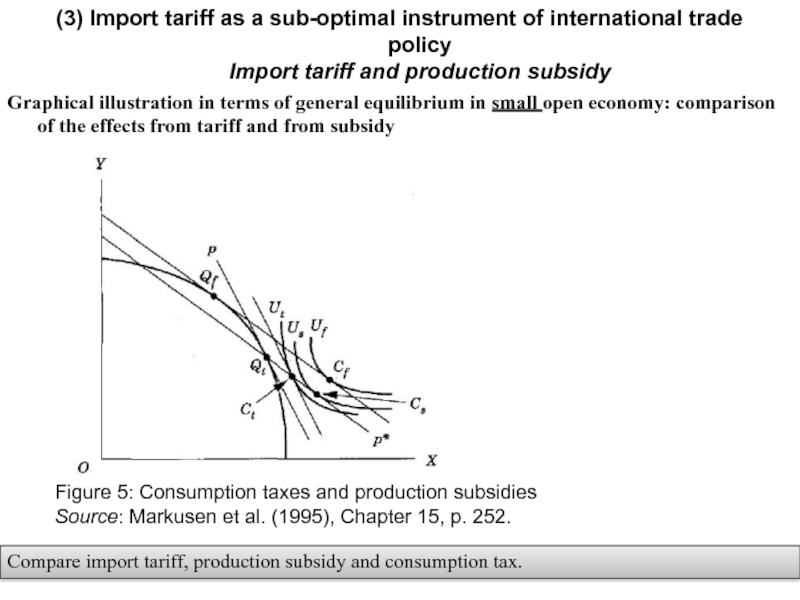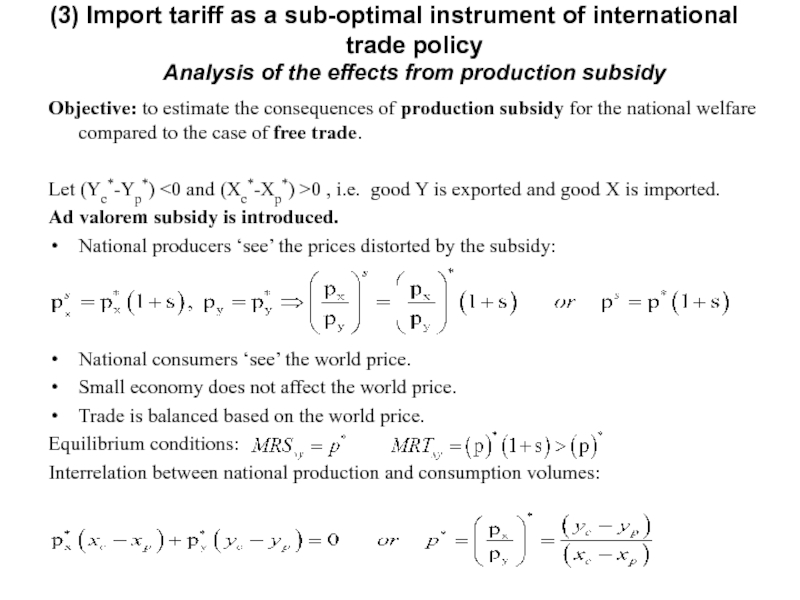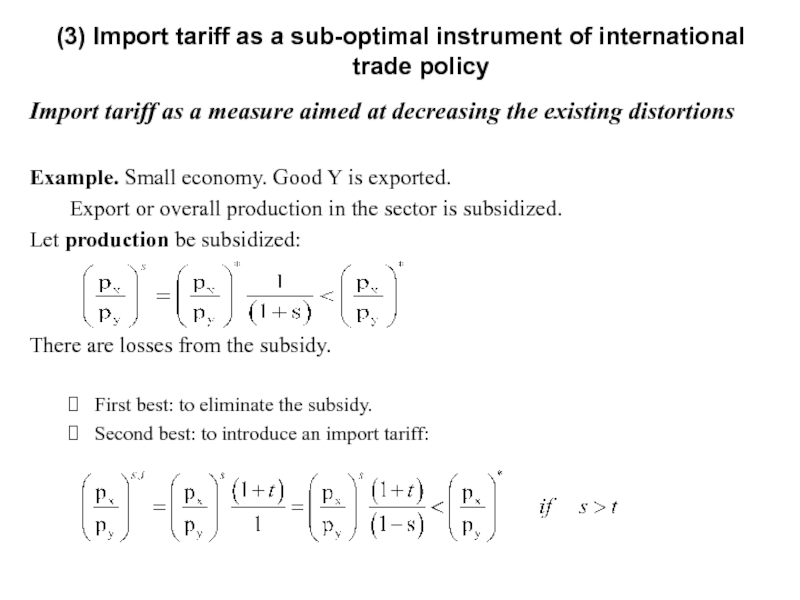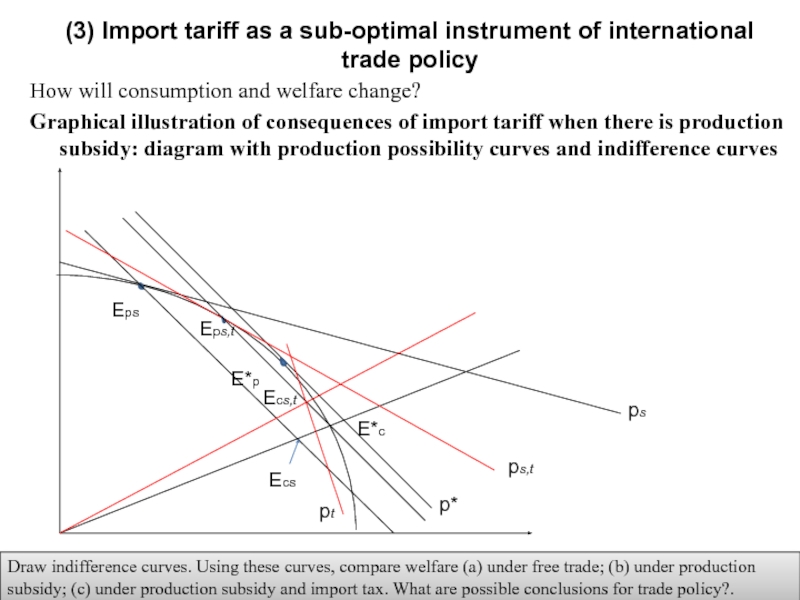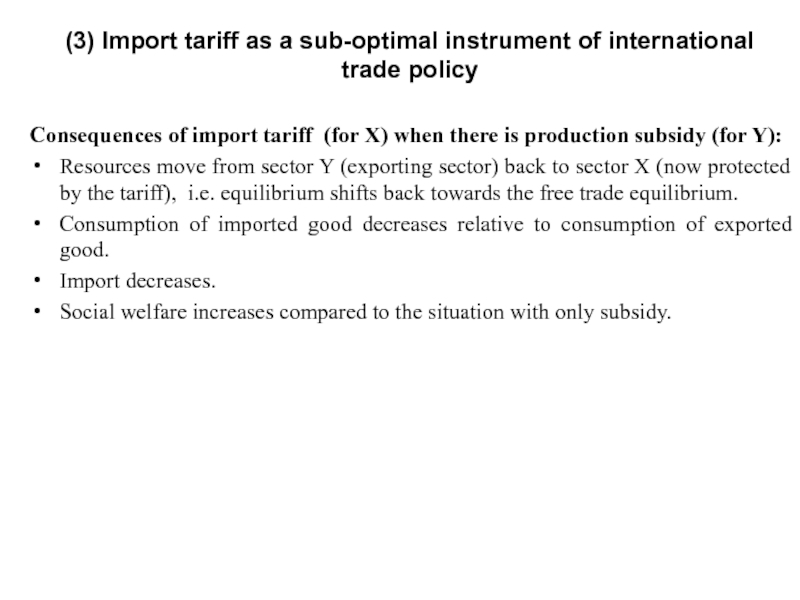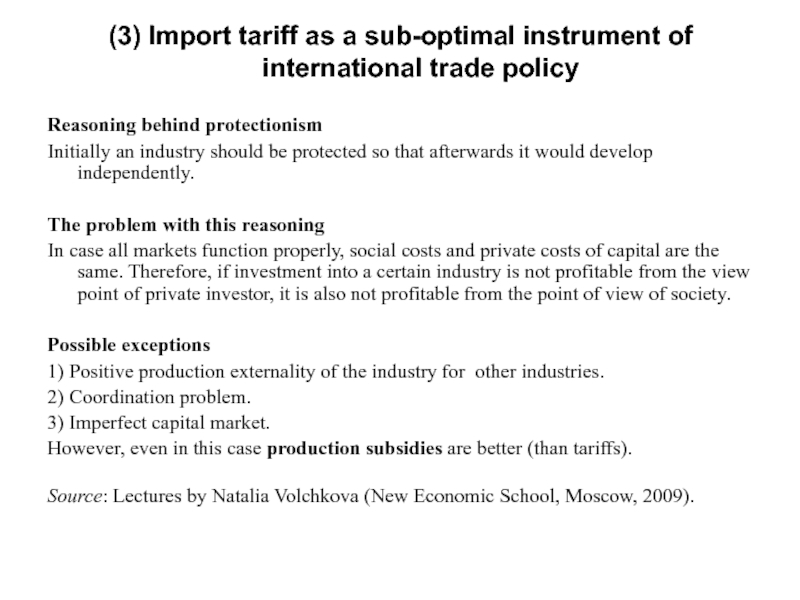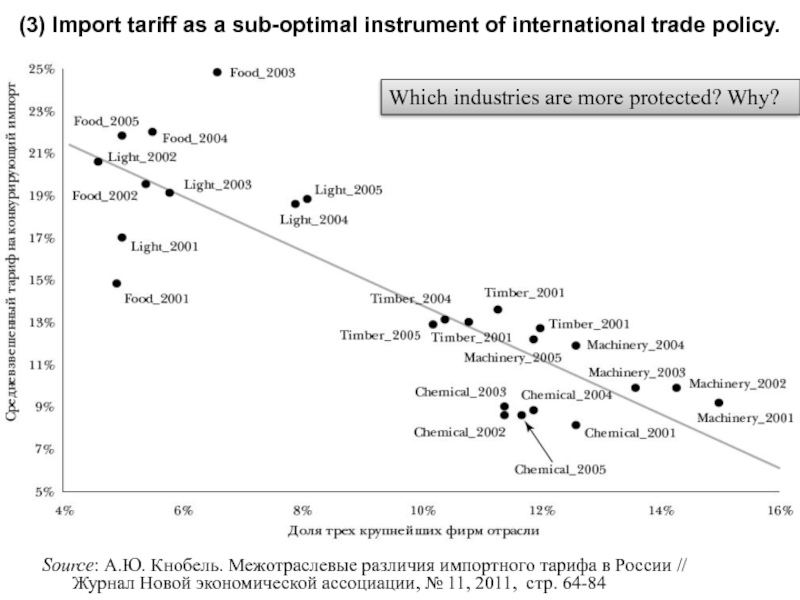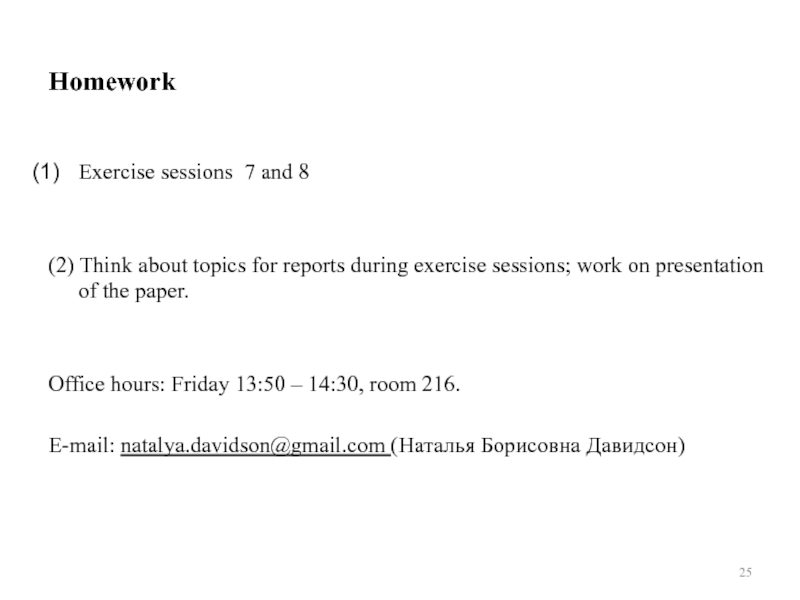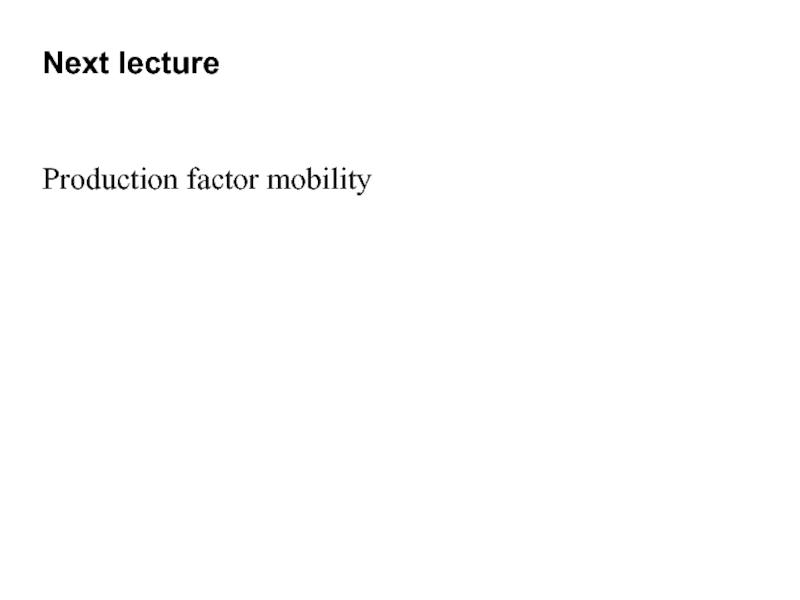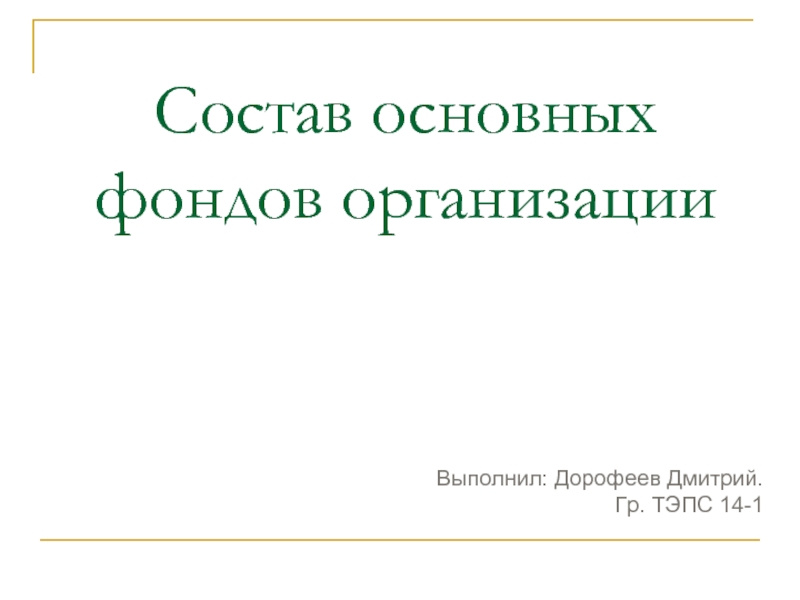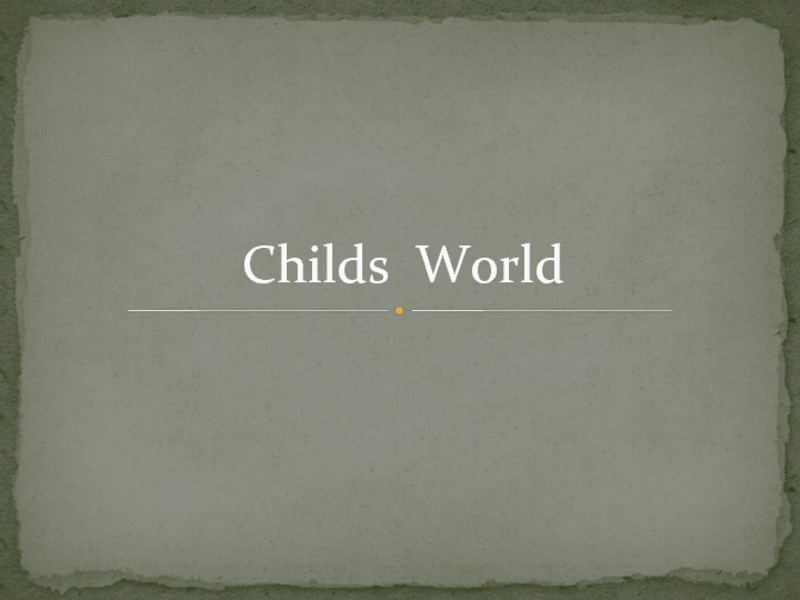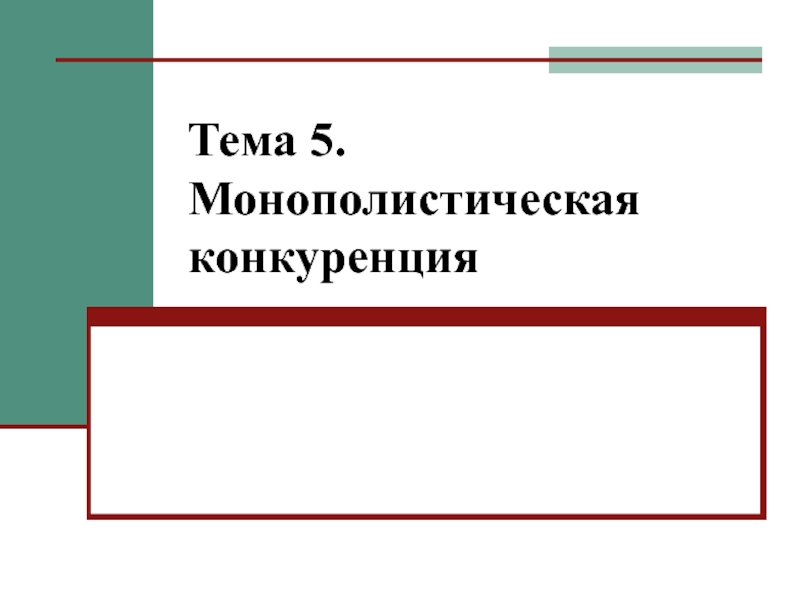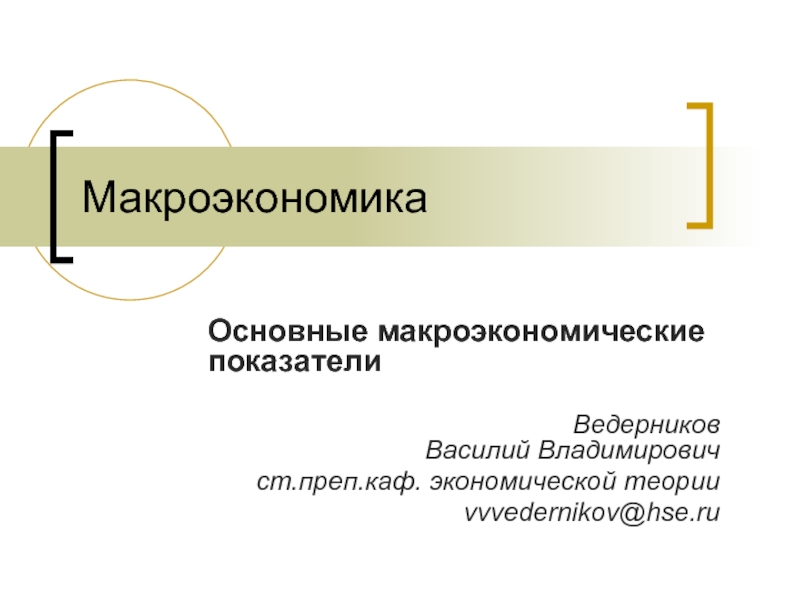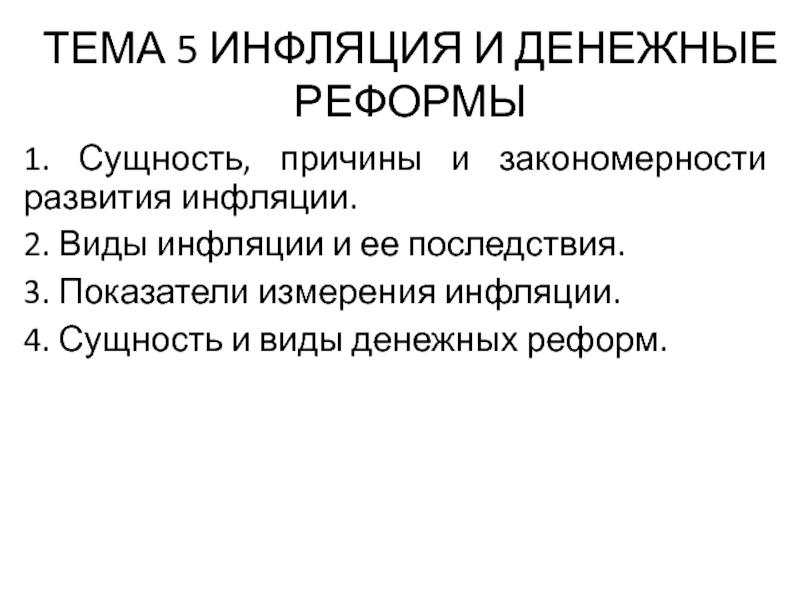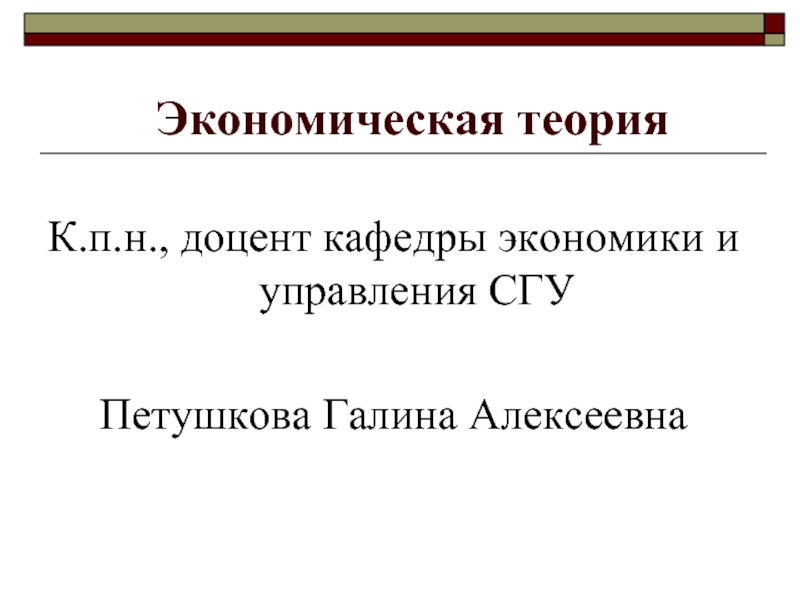- Главная
- Разное
- Дизайн
- Бизнес и предпринимательство
- Аналитика
- Образование
- Развлечения
- Красота и здоровье
- Финансы
- Государство
- Путешествия
- Спорт
- Недвижимость
- Армия
- Графика
- Культурология
- Еда и кулинария
- Лингвистика
- Английский язык
- Астрономия
- Алгебра
- Биология
- География
- Детские презентации
- Информатика
- История
- Литература
- Маркетинг
- Математика
- Медицина
- Менеджмент
- Музыка
- МХК
- Немецкий язык
- ОБЖ
- Обществознание
- Окружающий мир
- Педагогика
- Русский язык
- Технология
- Физика
- Философия
- Химия
- Шаблоны, картинки для презентаций
- Экология
- Экономика
- Юриспруденция
Normative analysis of tariff and non-tariff instruments of international trade policy презентация
Содержание
- 1. Normative analysis of tariff and non-tariff instruments of international trade policy
- 2. Topic 8. Normative analysis of tariff and
- 3. The instruments of trade policy: example European
- 4. (1) Analysis of import tariffs for ‘large’
- 5. (1) Analysis of import tariffs for ‘large’
- 6. (1) Analysis of import tariffs for ‘large’
- 7. Optimum tariff For a large economy,
- 8. Graphical illustration: optimum import tariff (1) Analysis
- 9. Formulation of the general equilibrium model for
- 10. Formulation of the general equilibrium model for
- 11. (4) Graphical illustration of general equilibrium in
- 12. Objective: to estimate the consequences of import
- 13. How will consumption and welfare change? Graphical
- 14. Consequences of import tariff Resources move
- 15. (2) Equivalence of import tariff and export
- 16. (2) Equivalence of import tariff and export
- 17. (3) Import tariff as a sub-optimal instrument
- 18. Graphical illustration in terms of general equilibrium
- 19. Objective: to estimate the consequences of production
- 20. Import tariff as a measure aimed at
- 21. How will consumption and welfare change? Graphical
- 22. Consequences of import tariff (for X) when
- 23. Reasoning behind protectionism Initially an industry should
- 24. Source: А.Ю. Кнобель. Межотраслевые различия импортного тарифа
- 25. Exercise sessions 7 and 8
- 26. Next lecture Production factor mobility
Слайд 1International Trade:
Theory and Policy
Lecture 12
December, 2016
Instructor: Natalia Davidson
Lecture is prepared by
Слайд 2Topic 8. Normative analysis of tariff and non-tariff instruments of international
Lecture 11
Traditional and modern arguments for protectionism and for free trade in international trade policy.
Instruments of international trade policy.
Analysis of import tariffs for ‘small’ open economy without ‘distortions’: partial and general economic equilibrium.
Lecture 12
Analysis of import tariffs for ‘large’ open economy without ‘distortions’: partial and general economic equilibrium.
Equivalence of import tariff and export tax.
Import tariff as a sub-optimal instrument of international trade policy.
Слайд 3The instruments of trade policy: example
European Union’s common agricultural policy (CAP)
Source:
Слайд 4(1) Analysis of import tariffs for ‘large’ open economy without ‘distortions’
Graphical illustration: the impact of import tariff in partial equilibrium framework
* What is large economy without distortions?
Source: Feenstra (2004) Ch. 7
(b) Import market:
M = D - S
There is foreign supply curve X, which we assume is upward sloping.
Слайд 5(1) Analysis of import tariffs for ‘large’ open economy without ‘distortions’
Positive analysis: conclusions
Price of the good in the country increases;
Price of the good in the world decreases;
Import volume decreases.
Normative analysis: conclusions
Decrease in consumer surplus (i.e. consumer losses);
Increase in producer surplus (i.e. producer gains);
Income from tariff, received by the government;
Total gain of the economy is possible - ‘dead weight loss («мёртвый груз» ) from tariff can be compensated by government income from tariff.
Слайд 6(1) Analysis of import tariffs for ‘large’ open economy without ‘distortions’:
Compare
Small economy
Negative excess demand from foreigners (supply by foreigners) is perfectly elastic.
Optimal tariff is equal to zero.
Large economy
Elasticity of negative excess demand from foreigners is finite and positive *.
Optimum tariff allows to maximize welfare **.
* When demand is more elastic than supply, who will bear a greater proportion of the tax burden - producers or consumers?
** How does it work?
Слайд 7Optimum tariff
For a large economy, there is an optimum tariff to
Source: Krugman (2008), p. 218
(1) Analysis of import tariffs for ‘large’ open economy without ‘distortions’: partial and general economic equilibrium
Слайд 8Graphical illustration: optimum import tariff
(1) Analysis of import tariffs for ‘large’
Figure 1: Optimum import tariff
Source: Krugman (2008), p. 218
National welfare
Tariff rate
Prohibitive tariff rate
Optimum tariff, t0
Слайд 9Formulation of the general equilibrium model for large open economy
Exogenous parameters
Production technology (at least 2 goods) – production functions
Х = fx (Kx, Lx).
Y = fy (Ky, Ly).
Resource endowment in the economy (at least 2 resources) – capital (K) and labor (L)
K = Kx + Ky.
L = Lx + Ly.
Preferences of representative household – utility function
U = U (X, Y).
Market structure on the final goods markets – perfect competition.
Market structure on the resource markets – perfect competition.
(1) Analysis of import tariffs for ‘large’ open economy without ‘distortions’: partial and general economic equilibrium
Слайд 10Formulation of the general equilibrium model for large open economy
(2) Endogenous parameters
Equilibrium production of final goods: Xp*, Yp*.
Equilibrium consumption of final goods: Xc*, Yc*.
If (Xc*-Xp*)>0 or (Yc*-Yp*)>0 – the good is imported.
If (Xc*-Xp*)<0 or (Yc*-Yp*)<0 – the good is exported.
World price ratio for final goods: Px*/Py*.
(3) Equilibrium conditions
Producer optimization: MRT*=Px*/Py*.
Consumer optimization: MRS*=Px*/Py*.
Trade balance
(Px*/Py*) (Xc*-Xp*) + (Yc*-Yp*) = 0.
(1) Analysis of import tariffs for ‘large’ open economy without ‘distortions’: partial and general economic equilibrium
Слайд 11(4) Graphical illustration of general equilibrium in large open economy
(1) Analysis
Explain the difference between ‘large’ and ‘small’ open economy.
Does this graph describe small open economy as well?
Figure 2: Open-economy general equilibrium
Source: Markusen et al. (1995), Ch. 4, p.55.
Слайд 12Objective: to estimate the consequences of import tariff for the national
Let (Yc*-Yp*) <0 and (Xc*-Xp*) >0 , i.e. good Y is exported and good X is imported.
Ad valorem import tariff t is levied.
Price in the national economy will change
National consumers and producers ‘see’ the price distorted by the tariff.
Large economy affects the world price:
Trade is balanced based on the world price.
Equilibrium conditions:
Interrelation between the national production and consumption volumes
(1) Analysis of import tariffs for ‘large’ open economy without ‘distortions’: partial and general economic equilibrium
Слайд 13How will consumption and welfare change?
Graphical illustration of the effects from
(1) Analysis of import tariffs for ‘large’ open economy without ‘distortions’: partial and general economic equilibrium
Figure 3: Welfare improvement from tariff
Source: Markusen et al. (1995), Ch. 15, p.255.
Compare this situation to the situation for ‘small’ economy.
Can introduction of import tariff lead to welfare losses for large economy? If yes, in which case?
Слайд 14
Consequences of import tariff
Resources move from sector Y (exporting sector) to
Consumption of imported good decreases relative to the exported good.
Import decreases.
Social welfare may increase compared to free trade situation.
(1) Analysis of import tariffs for ‘large’ open economy without ‘distortions’: partial and general economic equilibrium
Слайд 15(2) Equivalence of import tariff and export tax
Import tariff is equivalent
- import tariff
- export tax
Resources are reallocated to import - competing sector in both cases.
The only difference is absolute price level: under export tax it is lower than under tariff.
However, it is relative prices that matter when choosing production and consumption. Therefore the effects from import tariff and export tax will be the same (Lerner’s theorem on symmetry).
Слайд 16(2) Equivalence of import tariff and export tax
Graphical illustration in terms
Build the graph illustrating export tax. Compare the graphs illustrating export tax and import tariff. What are specific features for large open economy?
Figure 4: Effects of an import tariff
Source: Markusen et al. (1995), Chapter 15, p. 247.
Слайд 17(3) Import tariff as a sub-optimal instrument of international trade policy Import
Possible objective of government:
support of employment in import-competing sector / a certain level of output in this sector.
Production subsidy, s – direct instrument;
Import tariff , t – indirect instrument.
Bhagwati, Srinivasan, Vandendorpe et al. found that the best instrument for attaining a certain objective is the one directly affecting the targeted variable.
Price ratios in national economy under import tariff and under production subsidy:
and
The effect for producers is the same; the effect for consumers is different *.
* Why is it so? What is the difference?
Слайд 18Graphical illustration in terms of general equilibrium in small open economy:
(3) Import tariff as a sub-optimal instrument of international trade policy
Import tariff and production subsidy
Figure 5: Consumption taxes and production subsidies
Source: Markusen et al. (1995), Chapter 15, p. 252.
Compare import tariff, production subsidy and consumption tax.
Слайд 19Objective: to estimate the consequences of production subsidy for the national
Let (Yc*-Yp*) <0 and (Xc*-Xp*) >0 , i.e. good Y is exported and good X is imported.
Ad valorem subsidy is introduced.
National producers ‘see’ the prices distorted by the subsidy:
National consumers ‘see’ the world price.
Small economy does not affect the world price.
Trade is balanced based on the world price.
Equilibrium conditions:
Interrelation between national production and consumption volumes:
(3) Import tariff as a sub-optimal instrument of international trade policy
Analysis of the effects from production subsidy
Слайд 20Import tariff as a measure aimed at decreasing the existing distortions
Example.
Export or overall production in the sector is subsidized.
Let production be subsidized:
There are losses from the subsidy.
First best: to eliminate the subsidy.
Second best: to introduce an import tariff:
(3) Import tariff as a sub-optimal instrument of international trade policy
Слайд 21How will consumption and welfare change?
Graphical illustration of consequences of import
(3) Import tariff as a sub-optimal instrument of international trade policy
p*
ps
E*p
Eps
Ecs
Draw indifference curves. Using these curves, compare welfare (a) under free trade; (b) under production subsidy; (c) under production subsidy and import tax. What are possible conclusions for trade policy?.
ps,t
Eps,t
pt
Ecs,t
E*c
Слайд 22Consequences of import tariff (for X) when there is production subsidy
Resources move from sector Y (exporting sector) back to sector X (now protected by the tariff), i.e. equilibrium shifts back towards the free trade equilibrium.
Consumption of imported good decreases relative to consumption of exported good.
Import decreases.
Social welfare increases compared to the situation with only subsidy.
(3) Import tariff as a sub-optimal instrument of international trade policy
Слайд 23Reasoning behind protectionism
Initially an industry should be protected so that afterwards
The problem with this reasoning
In case all markets function properly, social costs and private costs of capital are the same. Therefore, if investment into a certain industry is not profitable from the view point of private investor, it is also not profitable from the point of view of society.
Possible exceptions
1) Positive production externality of the industry for other industries.
2) Coordination problem.
3) Imperfect capital market.
However, even in this case production subsidies are better (than tariffs).
Source: Lectures by Natalia Volchkova (New Economic School, Moscow, 2009).
(3) Import tariff as a sub-optimal instrument of international trade policy
Слайд 24Source: А.Ю. Кнобель. Межотраслевые различия импортного тарифа в России // Журнал Новой
Which industries are more protected? Why?
(3) Import tariff as a sub-optimal instrument of international trade policy.
Слайд 25
Exercise sessions 7 and 8
(2) Think about topics for reports during
Office hours: Friday 13:50 – 14:30, room 216.
E-mail: natalya.davidson@gmail.com (Наталья Борисовна Давидсон)
Homework
